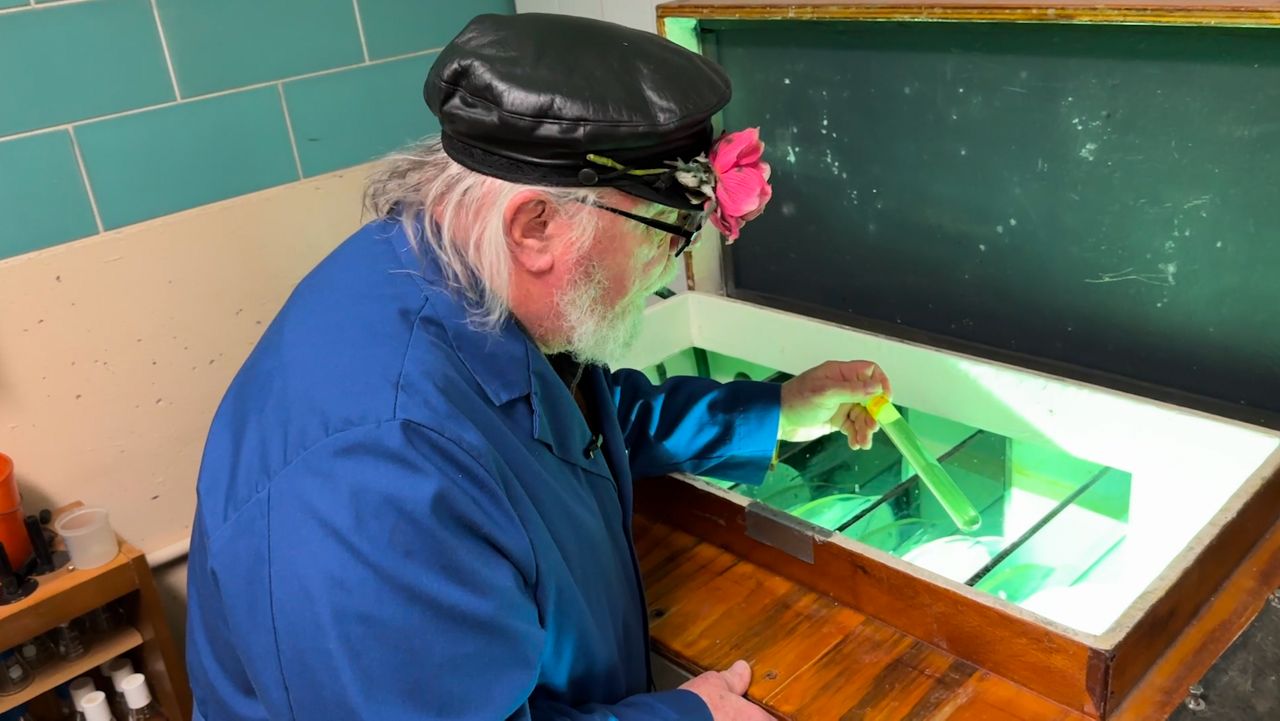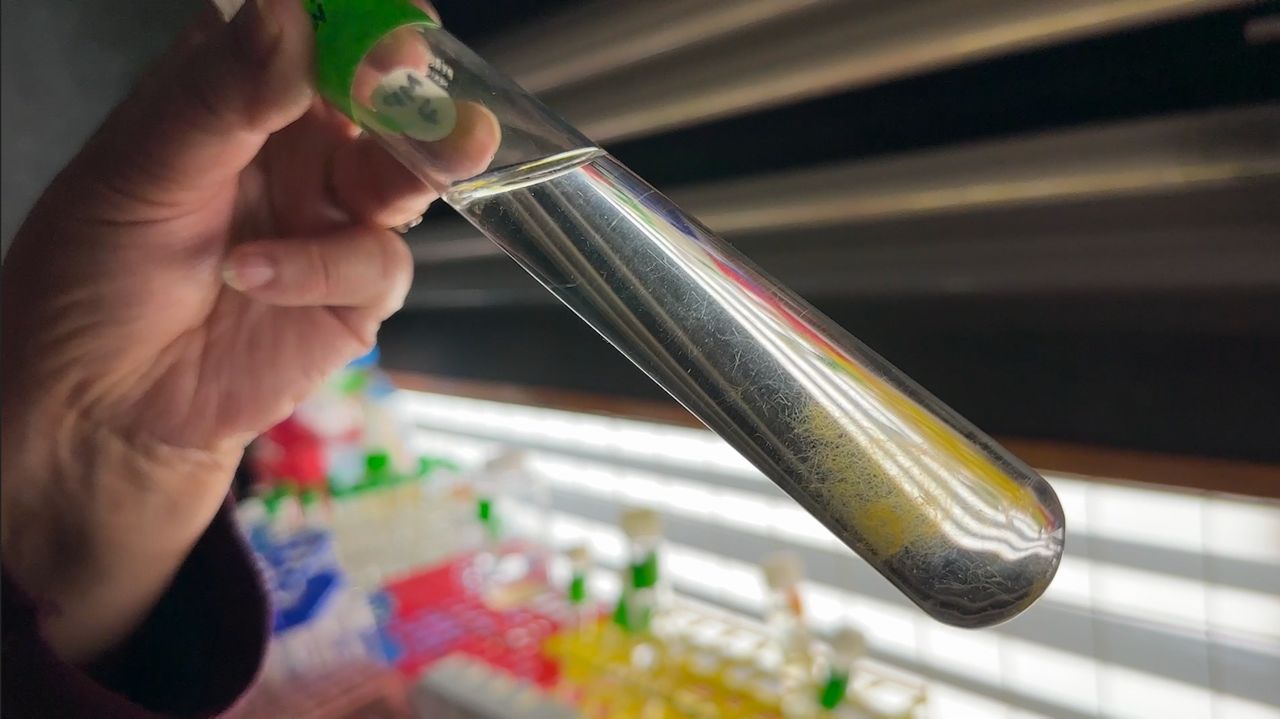MILWAUKEE — To study the impacts of ice coverage, scientists at the University of Wisconsin-Milwaukee’s School of Freshwater Sciences have algae at the center of their research.
In her lab, senior scientist Carmen Aguilar analyzed a sample of Lake Michigan water from Milwaukee’s harbor gathered this past February.
“With that we measure how much chlorophyll from the different organisms is in there, so the more chlorophyll, the more organisms we have available in the lake,” said Aguilar.
Aguilar said when ice covers the lake, algae stay more dormant at the bottom. However, because the Great Lakes ice cover hit a record low, that changed.
According to the National Oceanic and Atmospheric Administration, ice coverage only reached 2.6% this year, compared to 3.6% in 2023.

“They have more room to grow and they’re getting back into the light earlier,” said Aguilar. “They might be growing faster than they usually are.”
Senior Scientist Russell Cuhel used a Mega Photosynthetron to study how algae react to light at different depths of the lake. He said the lack of ice leads to algae growing and coming up to the surface too soon, which has far-reaching implications.
For example, baby perch may not have enough food to survive because older fish are eating the algae before the perches have hatched.
“Now how does that affect their lifestyle because a lot of animals are very seasonal and if their seasonality is moved one way or another,” said Cuhel. “There may be social and ecological repercussions that we don’t know about yet.”

Aguilar said they are also researching how it will affect algae in the spring.
“When you have ice coverage, the harbor is just like not mixing so right now we are trying to understand if the harbor has been mixing for some time and if they are going to be really coming up in numbers pretty soon as it gets a little warmer,” said Aguilar.
The assessing of algae being done here is shedding new light on how decreasing ice coverage not only affects fishing on Lake Michigan but also the entire ecosystem of the Great Lakes.
CORRECTION: A previous version of this story reported the wrong job title for Carmen Aguilar. This has been corrected. (April 23, 2024)



